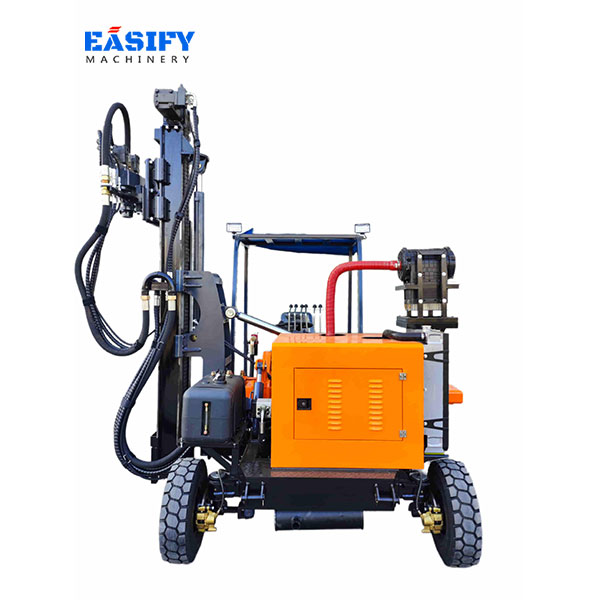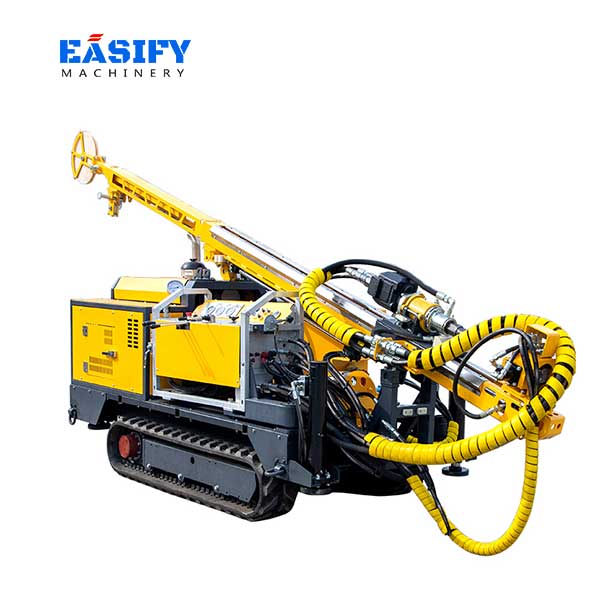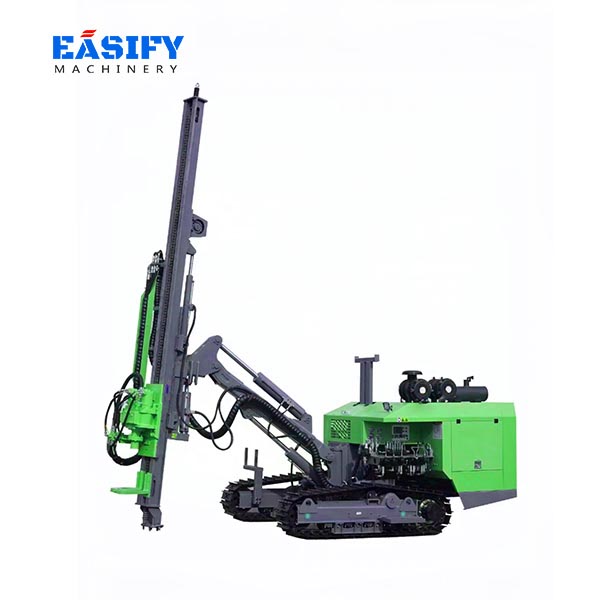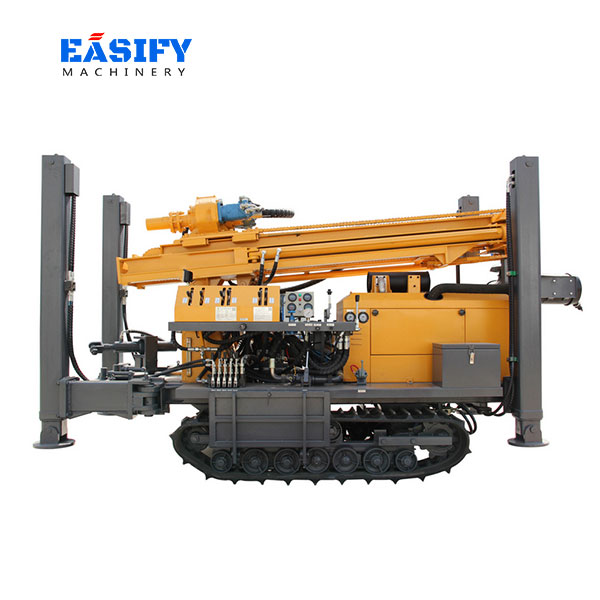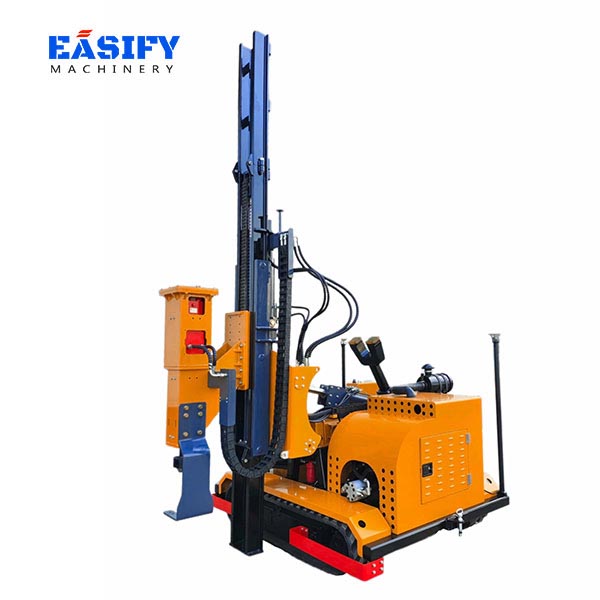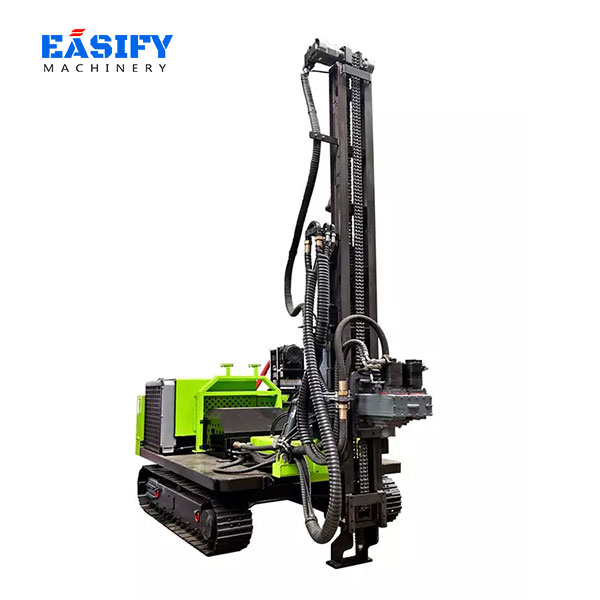Table of Contents
ToggleWater well drilling rigs are powerful machines that play a crucial role in accessing groundwater for agricultural, residential, and industrial use. But how exactly do these machines work? In this article, we’ll explore the key components of a water well drilling rig, the drilling process step by step, and what makes these rigs essential for sustainable water supply.
What is a Water Well Drilling Rig?
A water well drilling rig is a machine designed to bore holes into the ground to access groundwater. These rigs come in various sizes and types — from small portable units to large truck-mounted systems — depending on the depth and complexity of the well.
Key Components of a Water Well Drilling Rig
To understand how a drilling rig works, it helps to know its major components:
- Drill Bit: The cutting tool that breaks and grinds through soil and rock.
- Drill Pipe: Long metal tubes that transmit rotational force and carry the drill bit downward.
- Rotary Head: Provides the spinning motion necessary to drill.
- Mud Pump: Circulates drilling fluid (mud) to cool the drill bit and remove debris.
- Derrick or Mast: A tower structure that supports the drilling apparatus vertically.
- Power System: Usually powered by diesel engines or hydraulic systems.
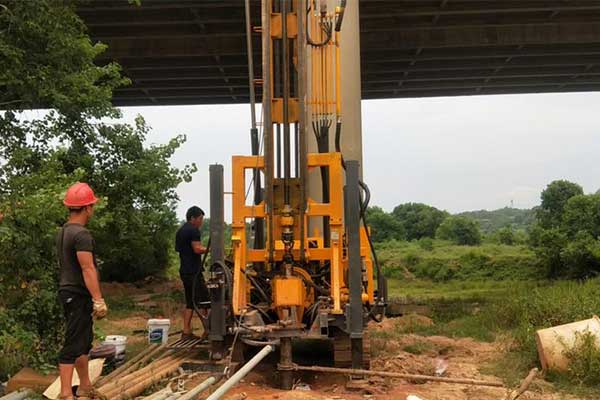
How the Water Well Drilling Process Works
1. Site Selection and Preparation
Before drilling begins, a proper survey is conducted to identify the best location with adequate groundwater. Once the site is selected, the rig is set up and aligned for vertical drilling.
2. Drilling Begins
The rig starts drilling using the rotary drilling method (or sometimes percussion drilling). The rotary head turns the drill pipe and bit, cutting into the earth. As drilling progresses, new sections of pipe are added to go deeper.
3. Circulating Drilling Mud
A mixture of water and additives known as drilling mud is pumped down through the drill pipe and out of the bit. This fluid cools the drill bit, stabilizes the hole, and carries rock cuttings back to the surface.
4. Casing the Well
Once the desired depth is reached and water is located, steel or PVC casing is inserted into the well to prevent collapse and contamination. The casing is often perforated at the water-bearing zone to allow groundwater in.
5. Reaching the Aquifer
Once the drill reaches the water-bearing layer — known as the aquifer — drilling stops. The depth varies depending on the region, but can range from 30 to 500 feet or more.
6. Pump Installation
Finally, a submersible or jet pump is installed to lift water from the well to the surface. The well is then sealed and capped to prevent contamination.
Final Thoughts
A water well drilling rig is a sophisticated and essential machine that makes accessing underground water possible. Whether you’re building a well for a home, farm, or business, understanding how these rigs work helps you appreciate the skill and technology involved.
